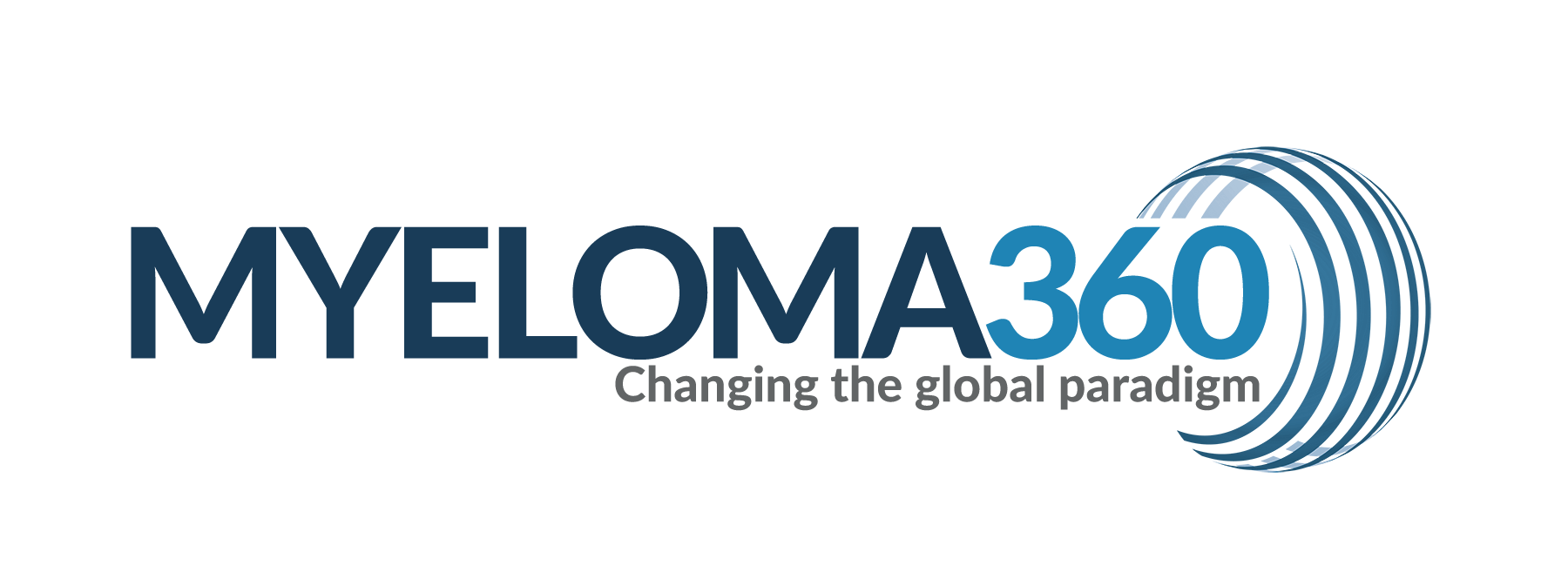Ann Hematol. 2021 Jun;100(6):1537-1546. doi: 10.1007/s00277-021-04447-6. Epub 2021 Feb 11.
ABSTRACT
Extramedullary disease (EMD) represents a high-risk state of multiple myeloma (MM) associated with poor prognosis. While most anti-myeloma therapeutics demonstrate limited efficacy in this setting, some studies exploring the utility of chimeric antigen receptor (CAR)-modified T cells reported promising results. We have recently designed SLAMF7-directed CAR T cells for the treatment of MM. SLAMF7 is a transmembrane receptor expressed on myeloma cells that plays a role in myeloma cell homing to the bone marrow. Currently, the only approved anti-SLAMF7 therapeutic is the monoclonal antibody elotuzumab, but its efficacy in EMD has not been investigated thoroughly. Thus, we retrospectively analyzed the efficacy of elotuzumab-based combination therapy in a cohort of 15 patients with EMD. Moreover, since the presence of the target antigen is an indispensable prerequisite for effective targeted therapy, we investigated the SLAMF7 expression on extramedullary located tumor cells before and after treatment. We observed limited efficacy of elotuzumab-based combination therapies, with an overall response rate of 40% and a progression-free and overall survival of 3.8 and 12.9 months, respectively. Before treatment initiation, all available EMD tissue specimens (n = 3) demonstrated a strong and consistent SLAMF7 surface expression by immunohistochemistry. Furthermore, to investigate a potential antigen reduction under therapeutic selection pressure, we analyzed samples of de novo EMD (n = 3) outgrown during elotuzumab treatment. Again, immunohistochemistry documented strong and consistent SLAMF7 expression in all samples. In aggregate, our data point towards a retained expression of SLAMF7 in EMD and encourage the development of more potent SLAMF7-directed immunotherapies, such as CAR T cells.
PMID:33575947 | PMC:PMC8116297 | DOI:10.1007/s00277-021-04447-6
